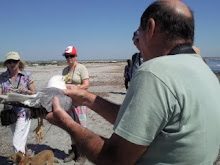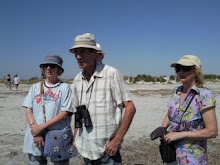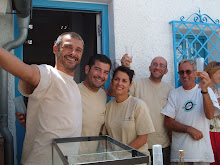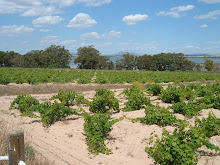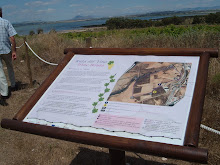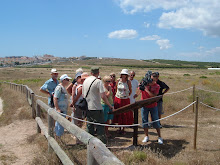On Saturday 18 March the volunteers entertained a group
of Spanish students to help them practice their English. Following a
short presentation about the history and function of the Parque and
the work of the volunteers we took them on a short walk around the
Parque to point out some of the features. We split into small groups
to allow all the students the opportunity to practice their English.
Conversations (all in English) between the volunteers and the
students were wide ranging and not always directly related to Parque
issues. Many of the students had never visited the Parque despite
living in Torrevieja and surrounding areas.
Both students and volunteers enjoyed the morning and
feedback from the students was extremely positive. In fact, they
requested that we make this a regular event.
Stephen




